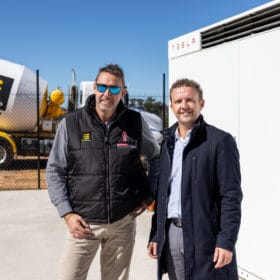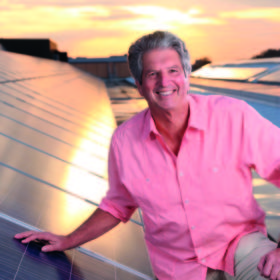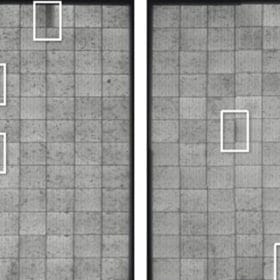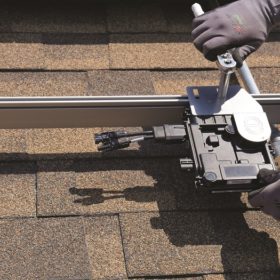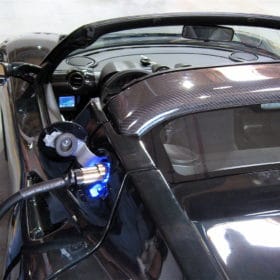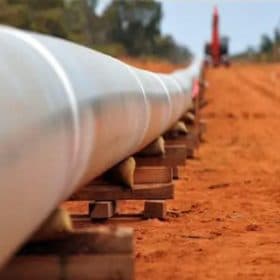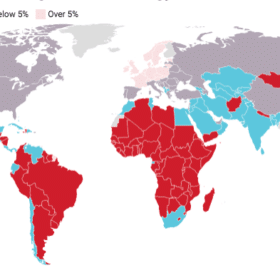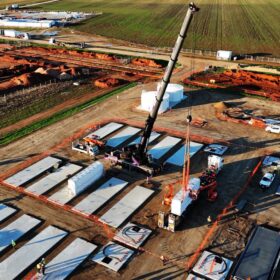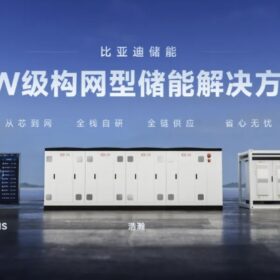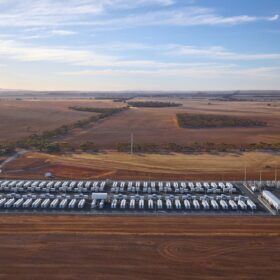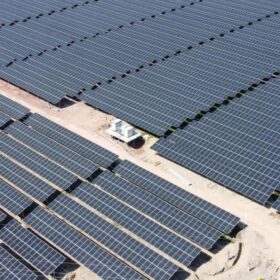The sum of the Leaders Summit on Climate
Let’s not give Australia’s Prime Minister any more space on the topic of climate change. Scott who? Fatih Birol, Executive Director of the International Energy Agency encapsulated the Summit and where we’re at coolly, concisely and cogently.
New ACT big battery to pull off hydrogen, solar and VPP storage trifecta!
Elvin Group Renewables has constructed a 5 MWh Tesla Megapack to help ensure stability of energy supply in Canberra’s new northern suburbs and the wider grid. Its plans to proliferate the model are audacious.
UNSW’s Prof Martin Green ups PV yield by cooling solar modules
In efforts to improve PV performance by helping modules keep their cool, the Martin Green team is going for 10 degrees lower operating temperatures. Cherry-picking the most practical approaches could deliver 50% extended project life.
Sunday read: time to standardise
Not all quality control plans, processes and agreements are created equal, writes Frédéric Dross, the VP of strategic development for Senergy Technical Services (STS). Indeed, developers can find themselves saddled with agreements that allow unacceptably low levels of quality, unless they have followed standards.
Saturday read: the more you know
Module-level power electronics, most often in the form of power optimisers and microinverters, offer a range of value propositions, including advanced monitoring capabilities. But how much can the little box behind the module really see, and how much do operators actually need to know to keep a power plant running optimally?
Add electric vehicles, not bulk transmission, for a low-cost, clean grid: UC Berkeley study
A 90% clean grid with a transition to EVs would achieve lower electricity costs than one without, the study shows. Transmission investments would mainly be spur lines to new renewable generation.
Second community battery unveiled in NSW trial
New South Wales network operator Ausgrid has unveiled its new community battery in Bankstown, south west of Sydney. The battery is the second of three to rollout as part a government trial to allow solar customers to store their extra energy at no additional cost.
Indonesia-focused oil company enters Australia’s green hydrogen space, investors applaud
Indonesia-focused oil company, Lion Energy, today announced it had raised $2.8 million to explore opportunities in green hydrogen in Australia and Indonesia.
Solliance hits record efficiency on perovskite/silicon tandem solar cell
The Dutch consortium has achieved the record result by combining, in a four-terminal tandem configuration, an 18.6% efficient highly near-infrared transparent perovskite with a prototype of a c-Si interdigitated back contact (IBC) silicon heteroJunction (SHJ) cell developed by Japanese electronics manufacturer Panasonic. The perovskite cell was also combined with other kinds of solar cells and other remarkable record efficiencies were hit.
Australia ‘in a league of its own’ with renewables potential, positioned to be ‘battery of the world,’ new report finds
Solar and wind could meet the global energy demand 100 times over, a new report from the Carbon Tracker Initiative has found. Australia, in particular, is uniquely positioned to capitalise on the transition as one of the few developed countries with vast renewable potential and a low population.

